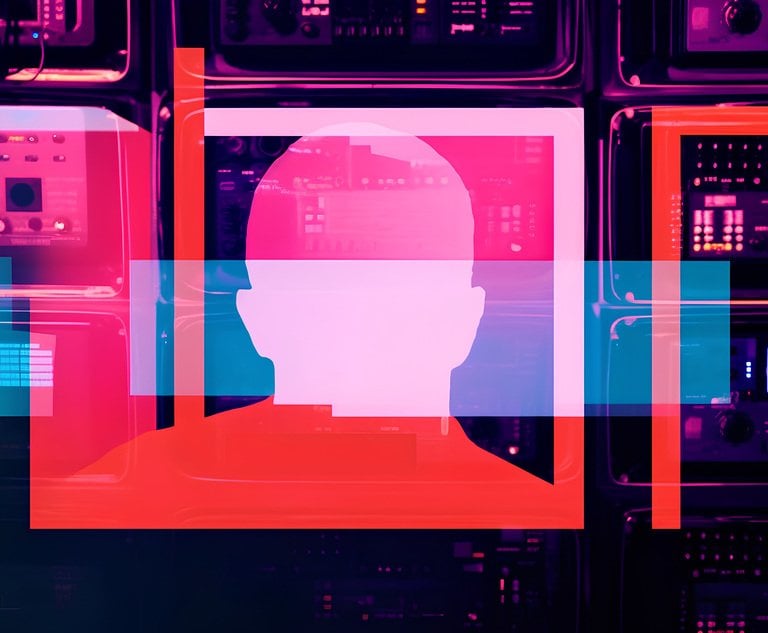In the first installment of this four-part series published in early March, we described the new kind of lawyer that has emerged from nearly two decades of e-discovery work. The e-discovery lawyer—a Jack-of-all trades who has experience across a broad spectrum of practice areas. She is a tactician, a litigator and a technologist. To succeed in the evolving legal landscape, we discussed how the e-discovery lawyer should not rest on her laurels and must prepare to transform herself into an e-data lawyer—a Jill of even more trades. By understanding and using client data seamlessly, the e-data lawyer bridges the gap between a mature e-discovery practice and emerging data challenges in other areas of the law.
When we wrote the first article in this series, we did not know a global pandemic would lead to the months-long closure of businesses around the country, create a mass migration of employees to a remote work setting, and cause one of the sharpest declines in GDP since the Great Depression. Prior to the major disruptions caused by COVID-19, clients were already increasing their reliance on alternative legal service providers, seeking more automation of legal services, and requiring law firms to operate with more accountability and stricter cost controls.


 (l-r) Tess Blair, Tara Lawler, and William Childress, of Morgan, Lewis & Bockius.
(l-r) Tess Blair, Tara Lawler, and William Childress, of Morgan, Lewis & Bockius.




